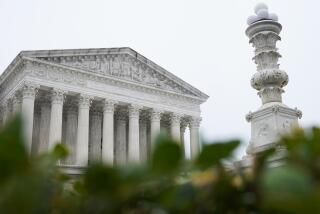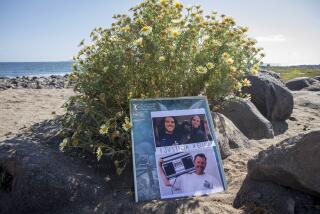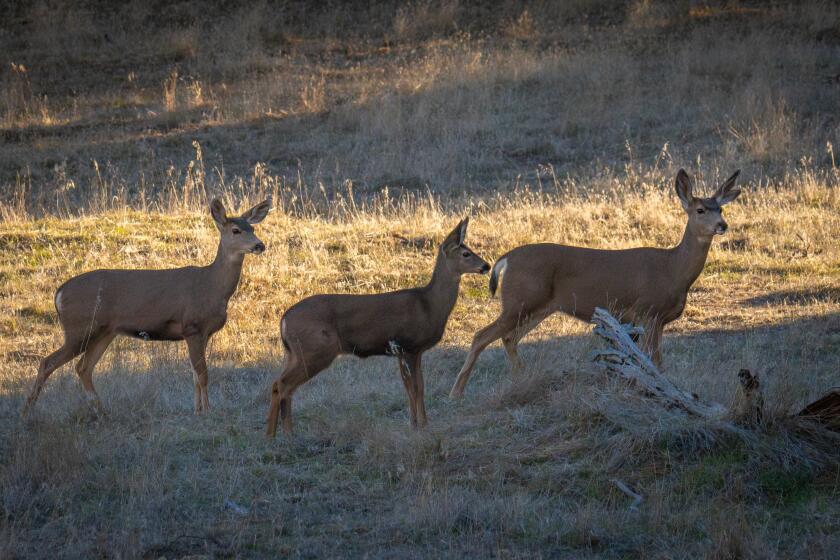Acorn barnacle
(LA)[MEGABALANUS CALIFORNICUS]
Whitish barnacles encrust boats and nearly every other solid object that spends time submerged in salt water. Everything from whales and sea turtles to crabs must either scrape off these crusty creatures or risk being engulfed by them. On rocks and pilings, barnacles grow in gigantic dense colonies. Tiny free-swimming larvae leave these colonies to seek new homes, preferentially settling on objects with the chemical odor of other barnacles. Once they find an appropriate object, they release an adhesive substance from large cement glands at the base of their antennae, jettison their swimming legs and begin secreting calcium carbonate shells that will provide shelter for the rest of their lives.
NATURAL HISTORY
Barnacles feed by sweeping long featherlike appendages through the water to catch floating plankton. After several sweeps, the cirri are withdrawn into the body cavity, and comb-like mouthparts scrape food particles into the barnacle’s mouth.
KEY CHARACTERISTICS
Of several barnacle species on the West Coast, the acorn barnacle is conspicuous for its beautiful red striations. On open sites, barnacles are short and squat, but in crowded colonies, their bodies elongate as individuals squeeze up for a bit of space between neighbors.
More to Read
Start your day right
Sign up for Essential California for news, features and recommendations from the L.A. Times and beyond in your inbox six days a week.
You may occasionally receive promotional content from the Los Angeles Times.






